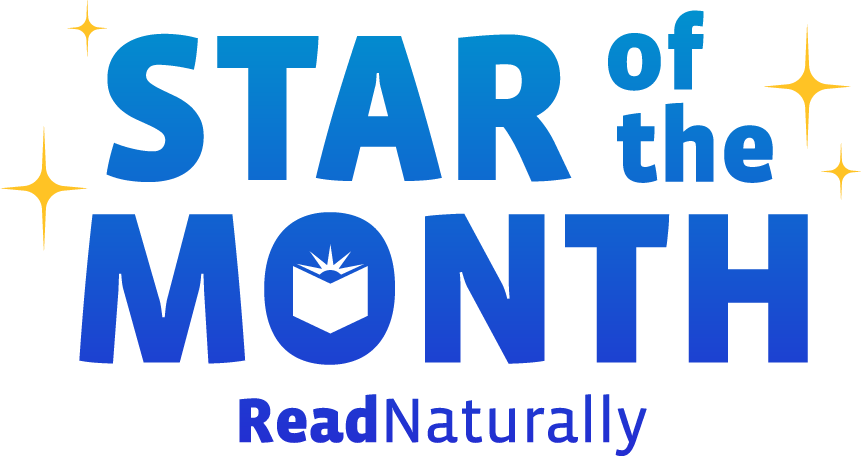Today I have some thoughts and resources to share on the topic of comprehension. In my last post, I mentioned that the checking initial placement process alerted me to a student—let’s call him Connor—whose average comprehension score was 60% correct. Another student—let’s call her Lucy—was averaging 72% correct. These scores don’t fly in my reading lab. What’s the point of reading if not to comprehend? I want to see all of my students averaging 80% correct (4 out of 5 questions) or better on their first attempt at answering the questions.
Read more Our culture celebrates an abundance of choices. When the stakes are low, we can simply decide that these choices are not worth agonizing over. But what happens when the stakes are high? What happens when you’re sitting across from a struggling reader and you don’t know the best way to help him? Thousands of programs claim to “work,” but many don’t—and making the wrong choice could waste the precious little time this struggling reader has to catch up. Help!!
Read more It’s almost winter break! Are you counting down the days? Your students probably are! Their plans may include quintessential winter break activities like building snow forts (climate permitting), sipping hot chocolate, and having plenty of good old-fashioned fun. Before you release them to their holiday mischief, it’s always a good idea to remind them to incorporate plenty of reading into their plans.
Read more For the first time in 25 years, Read Naturally founder Candyce Ihnot has moved her reading lab to a new school. In a series of blog posts, Candyce will share “stories from the lab,” in which she describes the successes, challenges, and surprises of operating Read Naturally Live in a new setting. She’ll sprinkle each post with bits of wisdom from decades of creating Read Naturally materials and using them with the beloved students she keeps at the center of her work. In this post, Candyce solves an important mystery that emerged in the lab after checking her students' initial placement.
Read more For the first time in 25 years, Read Naturally founder Candyce Ihnot has moved her reading lab to a new school. In a series of blog posts, Candyce will share “stories from the lab,” in which she describes the successes, challenges, and surprises of operating Read Naturally Live in a new setting. She’ll sprinkle each post with bits of wisdom from decades of creating Read Naturally materials and using them with the beloved students she keeps at the center of her work. In this post, Candyce shares a story that highlights the importance of checking initial placement to ensure a student is working in the correct level.
Read more For the first time in 25 years, Read Naturally founder Candyce Ihnot has moved her reading lab to a new school. In a series of blog posts, Candyce will share “stories from the lab,” in which she describes the successes, challenges, and surprises of operating Read Naturally Live in a new setting. She’ll sprinkle each post with bits of wisdom from decades of creating Read Naturally materials and using them with the beloved students she keeps at the center of her work.
In this post, Candyce describes setting up for the first day, training the students, and finally seeing that first bit of magic when they start making progress.
Read more Back when Read Naturally founder Candyce Ihnot would present at full-day seminars, she would often start by telling a story about her youngest child, Tommy. One day, Tommy came home from elementary school and angrily declared, “I hate school.” Tommy was the son of two schoolteachers—his declaration was basically blasphemous! When Candyce asked him to explain why he hated school, his lip started to quiver. He told his mom about independent reading time. “She doesn’t even know,” he said of his teacher, “I can’t read.”
Read more For the first time in 25 years, Read Naturally founder Candyce Ihnot has moved her reading lab to a new school. In a series of blog posts, Candyce will share “stories from the lab,” in which she describes the successes, challenges, and surprises of operating Read Naturally Live in a new setting. She’ll sprinkle each post with bits of wisdom from decades of creating Read Naturally materials and using them with the beloved students she keeps at the center of her work.
In this post, Candyce describes the important elements that happen before starting Read Naturally Live with students: setting up the lab, selecting, and placing students.
Read more The ability to customize story options in Read Live allows teachers to ensure the program is working as effectively as possible for each individual student. Here are some quick links with information on customizing story options.
Read more In Read Live, it’s easier than ever for teachers to customize the program for each student. Not only is each student working in an individual level, but teachers can set story options to ensure the student is using his or her time most effectively. Now that our Read Live User Guide is easily accessible online, teachers and administrators are always just a click away from finding the information they need to make these changes. Below are four useful links from the User Guide about setting individual story options.
Read more  Share your student’s success story—nominate him or her for our Star of the Month award. Win a Barnes & Noble gift card for the student and a Read Naturally gift certificate for your class!
Share your student’s success story—nominate him or her for our Star of the Month award. Win a Barnes & Noble gift card for the student and a Read Naturally gift certificate for your class!